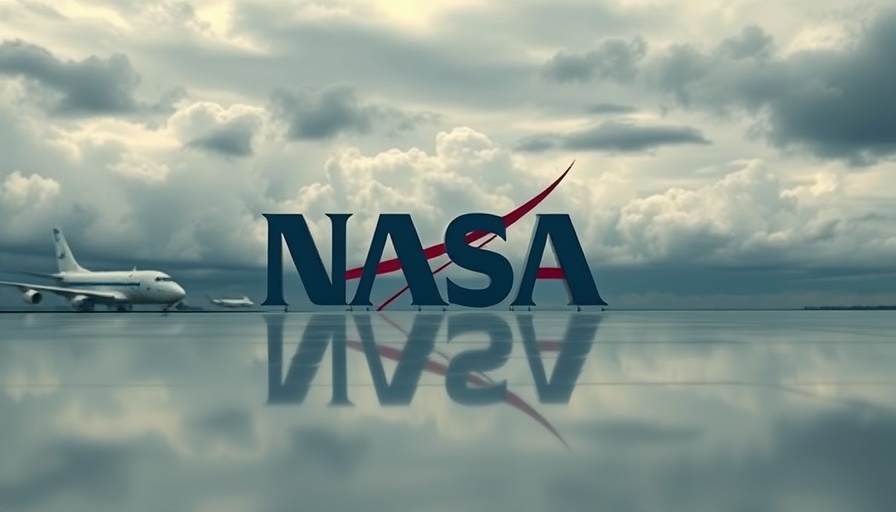
Trump Withdraws NASA Nominee: What It Means for Future Space Missions
In a surprising turn of events, U.S. President Donald Trump announced the withdrawal of tech billionaire Jared Isaacman from consideration as the next head of NASA. This decision has raised eyebrows in both political and space exploration circles as Isaacman is a close ally of Elon Musk, the CEO of SpaceX, and is known for his significant contributions to commercial space travel.
The Backstory: Isaacman’s Rise in Space Exploration
Jared Isaacman has been a prominent figure in the realm of commercial spaceflight, notably as the founder and CEO of Shift4 Payments. Last September, he made history by becoming the first private astronaut to conduct a spacewalk, showcasing the potential for private individuals to contribute to space exploration. His close relationship with Musk, who has been a transformative force in this field, solidified Isaacman’s standing among industry insiders.
Political Implications: Aligning NASA with Trump’s Agenda
Trump's decision to withdraw Isaacman appears to stem from concerns over his political contributions, particularly donations to prominent Democrats, as reported by the New York Times. The White House noted the importance of having a NASA Administrator aligned with Trump's 'America First' agenda, indicating that any future nominee must reflect Trump's vision for space exploration, which includes ambitious plans for Mars colonization.
Musk’s Role: A Step Back or a New Opportunity?
The withdrawal of Isaacman's nomination could also signify a nuanced relationship between Trump and Musk, especially after Musk recently stepped back from his role leading Trump’s Department of Government Efficiency (DOGE). This action could be seen as an effort by the administration to distance itself from potential conflicts of interest, especially with Musk's deep involvement in federal contracts and commercial space initiatives.
Future of Space Exploration: What’s Next for NASA?
With Trump promising to announce a new nominee soon, the landscape for NASA's leadership remains in flux. As space exploration increasingly relies on commercial partnerships, the next head of NASA will not only need strong ties to government but also the ability to effectively collaborate with private ventures like SpaceX and others. How this new leader aligns NASA's mission with broader governmental goals will be crucial as the U.S. prepares to bolster its presence in space.
Conclusion: The Bigger Picture for Space Exploration
The recent developments surrounding NASA’s leadership highlight the intersections of politics and technology in an era where both are rapidly evolving. As we look towards the future, the next nominee's vision will be pivotal. The direction NASA takes could significantly influence the United States’ role in international space initiatives, particularly as competition intensifies with other nations and private entities. The excitement surrounding new missions, including the push to plant a flag on Mars, remains palpable, leaving many eager for what comes next.
 Add Row
Add Row  Add
Add 




Write A Comment